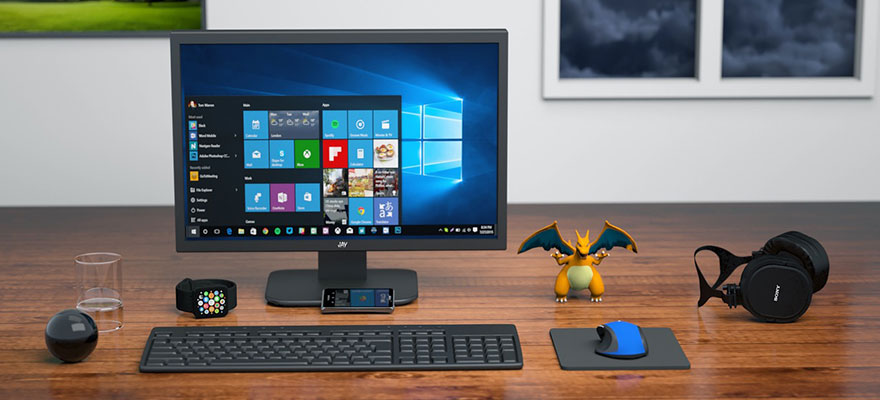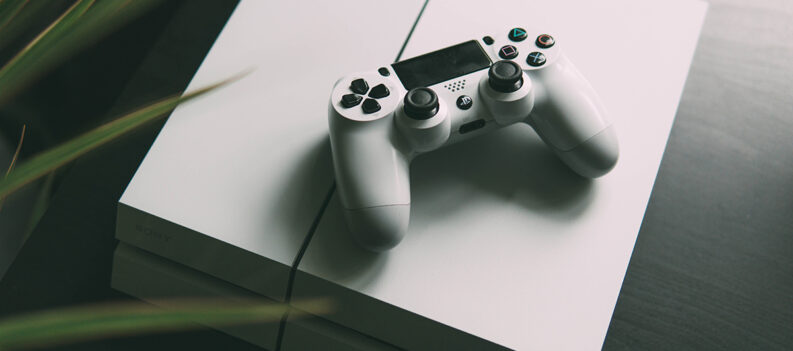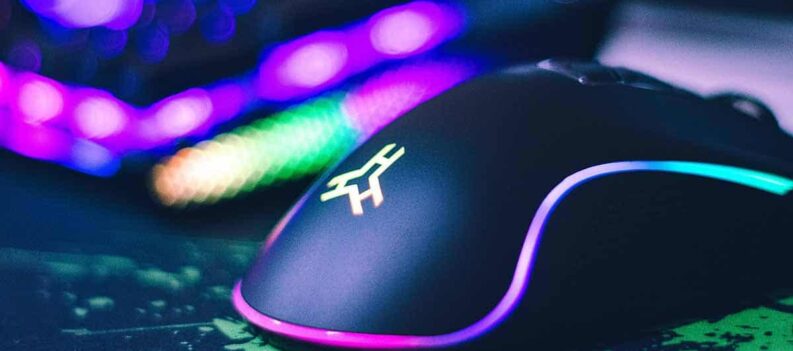It happens to everyone that our computer or laptop simply won’t start up at some point. Don’t panic immediately! You probably didn’t lose all your files. While it could potentially indicate serious issue with your device, in most cases is a problem that you can easily fix yourself. With some simple troubleshooting, you can usually solve start up problems with your Windows or Mac computer or laptop.

How to fix a Windows Computer that won’t start up?
Time needed: 10 minutes.
This is one of the most common solutions for a computer that won’t start up. Try these four steps. If they don’t work scroll down and try the next one. Keep going until your computer starts up.
- Check the power supply
Check the power supply. In addition make sure that your computer is firmly plugged in to its socket.
- Turn off your computer
Turn off your computer. Make sure that all your power leads are connected properly.
- Wait for at least 10 seconds
Wait for at least 10 seconds. This will allow your computer’s capacitors enough time to totally discharge. Waiting for a few seconds helps them shut down all the way.
- Turn your computer again.
Push the power button and turn on the computer again.
How to fix a Computer that Freezes upon Startup
1. Shut down your computer again.
2. Reboot the computer after 2 minutes.
3. Select booting options.
In case the screen displays the “Windows” logo and asks you to select an option for booting, read the directions carefully and make your choice.
4. Restart your system into Safe Mode. Press F8 as your device reboots and this will take you to Safe Mode.
5. Uninstall any new software. Make sure you uninstall any new software or driver that you installed or updated recently. This could automatically fix the issue.
6. Turn it back on and get into BIOS. Look for the root of the issue. In case you have overclocked, set your FSB and vCore down to stock levels.
When you are done, click on “Exit and save changes”.
7. Open up the computer. Unscrew only the screws at the back, which are located on the very outer rim.
Keep touching the metal part of the case, before you delve into your computer. This helps prevent electrostatic shock, which could potentially harm your system.
8. Remove and reinstall components.
- Take out the memory card, graphics card and wires attached to the CPU (Central Processing Unit) pins.
- Remove the battery. This is located near the bottom of the motherboard. It is usually housed inside its own little holster, with a lever on one end.
- Wait a couple of minutes.
- Then reconnect each component.
9. Plug in your computer. Then restart it.
Perform steps 7 and 8 only if you are comfortable working with computers. Otherwise you could end up complicating matters further.
10. Visit a repair shop. If you are not very comfortable working with PCs or if all the above-mentioned steps didn’t work; take your system to a computer repair shop. Describe the issue as best as you can and let them handle the problem professionally.
How to fix a Windows Laptop that won’t start up?
1. Check your power supply.
2. Check the laptop charger. Make sure that you are using the right type of charger for your laptop.
Laptops typically require 16-20V chargers. A charger with a different voltage may not offer enough electricity to power your laptop.
3. Test it with a spare charger. This helps you ascertain that the current charger is not causing the problem
4. Check the laptop battery power. Make sure the laptop battery has some charge in it.
If it is running low on power, plug it in and power it up.
5. Shut down the laptop.
6. Wait a few minutes, then restart the laptop.
7. Disconnect external accessories. Disconnect all external devices, including monitors, cameras and other devices. This way, you can make sure that they are not preventing your laptop from booting properly.
8. Verify that the display is functional. Make sure that your laptop screen display is functional. If your laptop’s power LED is working and you can hear the hard disk or fans whirring, but you cannot see an image on the screen, the actual problem could be with the display.
- Sometimes, the screen’s inverter failure causes the problem with the display. If this is the case, you could get the inverter replaced.
- Use an external monitor to test your laptop’s display. Plug-in your monitor, power up your laptop and immediately shut its lid. If this external monitor cannot connect to your device, then the issue goes beyond a damaged screen display.
9. Visit a repair shop. If you are not very comfortable working with PCs or if all the above-mentioned steps didn’t work; take your system to a computer repair shop. Describe the issue as best as you can and let them handle the problem professionally.
How to fix a Mac that won’t start up?
1. Check the power supply. Also make sure that you are using the correct power cord and adaptor.
2. Disconnect external accessories.
3. Check recently installed software/hardware on your machine. Make sure that you correctly installed or updated software and/or drivers in the recent past.
4. Make sure that the display is functional. If your Mac boots up, but you cannot access the display, then the problem most probably lies with the display hardware or with the screen itself.
5. Run Disk Utility. On Macs running OS X 10.8 Mountain Lion or later, you need to boot into OS X Recovery Mode.
- Power-off your Mac.
- If your system does not respond, hold down the Mac’s power button for a few seconds. It will automatically shut down.
- Hold down the Command and R keys. This will power-on the system again.
- Click on the Mac’s built-in hard drive of Disk Utility.
- Click “Verify Disk” and then wait for the system to complete the task.
6. Safe Boot the Mac. Shut down your system and start up, while holding down the Shift key.
Holding down the Shift, Command and V enters both Safe Boot and Verbose Mode. This walks you through what Safe Boot is actually trying to do, at each stage.
7. Reset the SMC. If nothing else works, you may wish to reset your Mac’s SMC (System Management Controller). Apple offers detailed instructions on how to go about this process
8. Reinstall Mac OS X.
- Boot into Recovery Mode and click to install Mavericks.
- Then follow the on-screen prompts to complete the process.
9. Visit a repair shop. In case you are not very comfortable working with PCs; or if all the above-mentioned steps failed; take your system to a computer repair shop. Describe the issue as best as you can and let them handle the problem.
Summary
We really hope the instructions in this article helped you to fix the problem with start up on your computer or laptop. In case they are not working for you, please feel let us know in the comments.


 More Guides & Troubleshooting
More Guides & Troubleshooting











